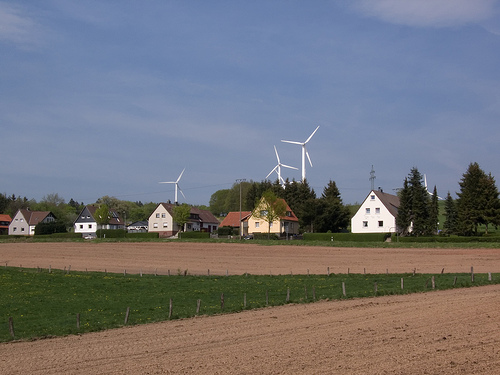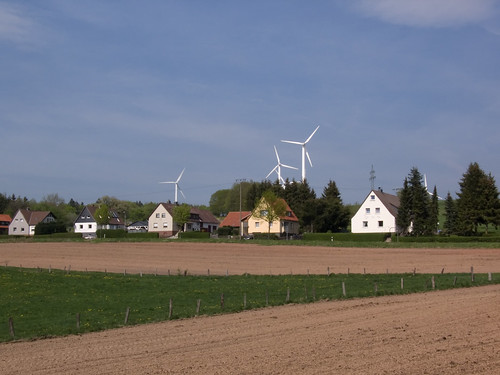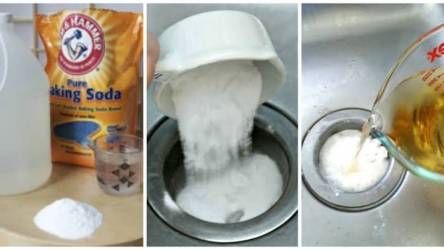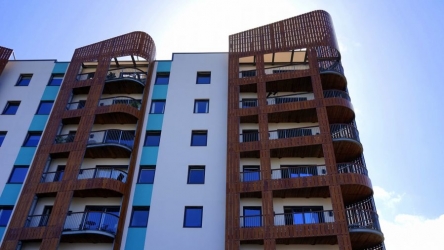
Your business can’t avoid electricity bills, but there are ways to save on business electricity prices.
You may have already, for example, put energy-saving measures in place to save money and reduce your business’s carbon footprint. There are few businesses which haven’t taken some measures to save energy.
So if you’ve already gone a little bit green, why not jump face-first into the flower bed and make your own electricity?
Before you write off the idea as a time-and-money investment too far, hear me out. Your firm could save on its business electricity prices AND actually make money by generating electricity through renewable means – if you live in the UK at least.
I’m not living in happy-fairy-stardust land. There are real grants available to UK businesses called Feed-In Tariffs, and I’m going to tell you how they work.

Feed-In Tariffs
Feed-In Tariffs, or FITs, are part of a wider scheme which lots of people call Clean Energy Cashback. This scheme aims to reward individuals and businesses for using renewable energy, in line with the governments renewable energy targets (15 per cent of total energy will come from renewables by 2020).
FITs are essentially the ‘electricity bit’ of the Clean Energy Cashback scheme.
Thanks For The Background Info, But I Need To Know More
OK. Here are the essential facts.
If you’re eligible for FIT payments, you could:
- Save on business electricity prices by using electricity you generate yourself, rather than the stuff from the national grid.
- Get a payment from your electricity supplier for producing renewable electricity.
- Get even more payments for exporting electricity you produce, but don’t use, back to the grid.
Three very good reasons for getting involved. But don’t forget, you’ll also be improving your business’s carbon footprint by cutting down on the non-renewable electricity you use.
I’m In – Where Do I Sign Up?
Not so hasty. As well as investing in and installing a renewable energy generation system, you’ll need to make a few checks before you pull the power switch.
First, make sure your business electricity supplier actually pays out FIT payments. The Big Six all do. If you use a smaller supplier, check the Ofgem website to see if it’s signed up.
Next, you’ll need to check whether the renewable energy source you intend to use is eligible for the scheme. This isn’t too much of a problem, as most are eligible – examples include solar panels, wind turbines and anaerobic digesters.
Finally, if you end up generating more than five megawatts of renewable energy, you won’t be eligible. (But bear in mind five megawatts is enough to power a large factory.)
How Much Do I Get?
This depends on a number of factors. Namely, your generation capacity, the amount of electricity you generate, your chosen form of energy generation and, if you opt for solar panels, your premises’ Energy Performance Certificate.
So, it gets complicated. So this is where I kindly guide you to the Energy Saving Trust website, which is regularly updated with the latest tariffs.
In the meantime, it might be time to start planning your entry into the world of renewable energy!
Featured images:
License: Creative Commons image source
Louisa Jenkins loves living life to the full whilst keeping her carbon footprint to an absolute minimum! For more information on Feed-In Tariffs and ways to save on business electricity prices, talk to ScottishPower or another Big Six Supplier – or visit the Energy Saving Trust’s website.







